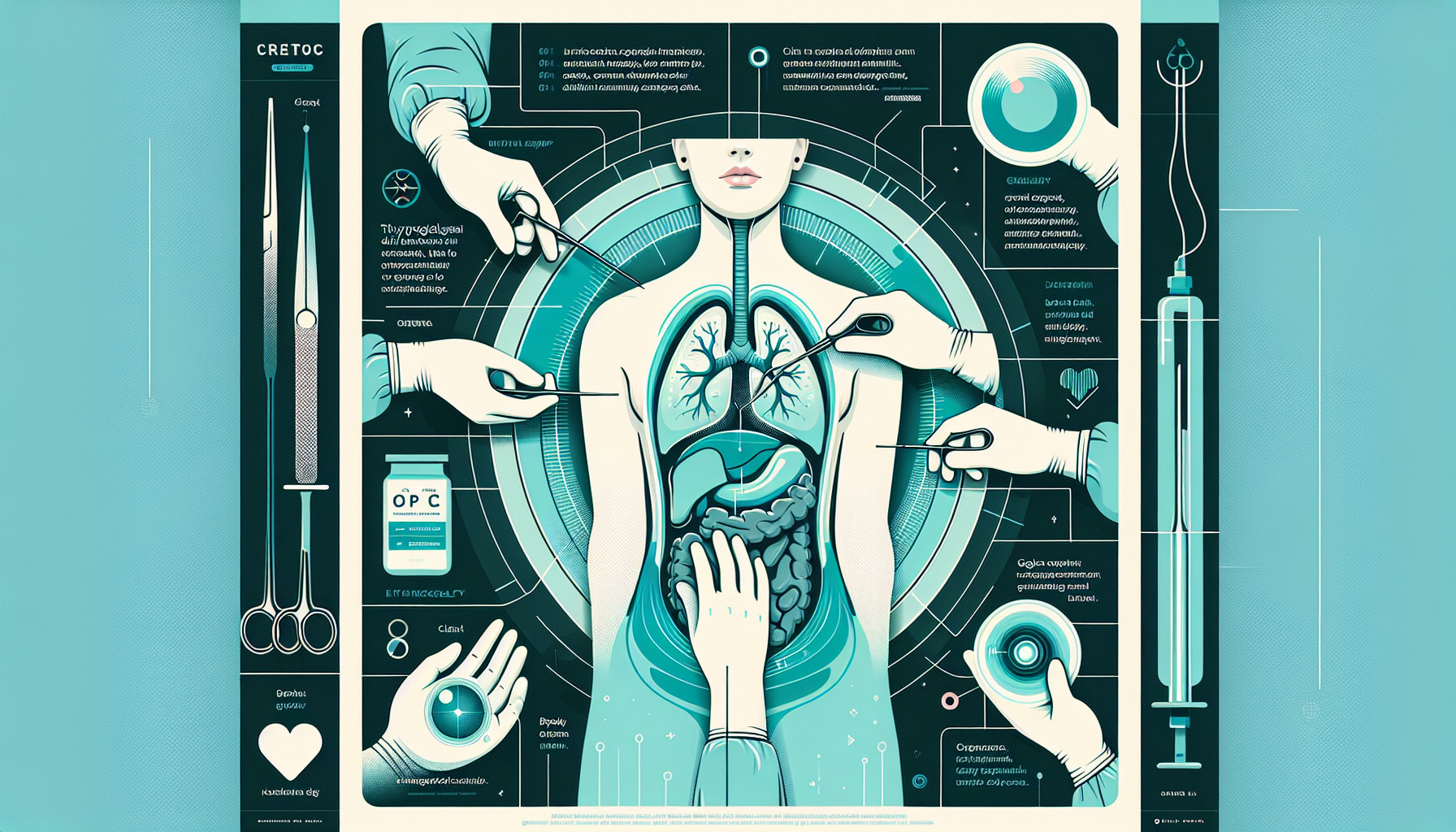Our Summary
This research paper is about a clinical trial that looked at a new way of removing a type of cyst (thyroglossal duct cyst or TGDC) from the neck. This was done using an endoscope, a tube with a light and camera, which was inserted through the mouth. The study involved 30 patients and followed them for over 2 years to see how they recovered and if the cyst came back.
The results were very promising. The procedure was successful in all cases, with only one patient experiencing temporary health issues. The average procedure time was around 67 minutes. No one needed additional surgery because of a returning cyst.
In conclusion, this new method of removing these cysts through the mouth using an endoscope is potentially safe and effective. It also results in very good cosmetic outcomes as it doesn’t leave visible scars. This could represent a new way of accessing and treating these cysts.
FAQs
- What is the endoscope-assisted transoral removal of a thyroglossal duct cyst?
- Were there any complications noted during the endoscope-assisted transoral removal of TGDCs?
- What are the benefits of using an endoscope-assisted transoral approach to remove thyroglossal duct cysts?
Doctor’s Tip
A helpful tip a doctor might tell a patient about thyroglossal duct cyst removal is to follow post-operative care instructions carefully, including keeping the surgical site clean and dry, avoiding strenuous activities, and taking prescribed pain medication as needed. It is also important to attend follow-up appointments to monitor healing and prevent complications.
Suitable For
Patients who are typically recommended for thyroglossal duct cyst removal include those who:
- Have symptomatic cysts causing difficulty swallowing, breathing, or speaking
- Experience recurrent infections or abscess formation in the cyst
- Have cosmetic concerns due to the presence of the cyst
- Have a large or rapidly growing cyst
- Are at risk of complications such as airway obstruction or difficulty with intubation during surgery
It is important for patients to undergo a thorough evaluation by a healthcare provider to determine if surgery is necessary and to discuss the potential risks and benefits of the procedure.
Timeline
Before thyroglossal duct cyst removal:
- Patient may present with a painless midline neck mass that moves up and down with swallowing or tongue protrusion
- Patient may undergo imaging studies such as ultrasound or CT scan to confirm the diagnosis
- Patient may receive antibiotics if the cyst becomes infected
- Patient may undergo fine needle aspiration (FNA) to rule out malignancy
- Patient may be referred to a head and neck surgeon for removal of the cyst
After thyroglossal duct cyst removal:
- Endoscope-assisted transoral resection is performed, with successful removal of the cyst in all cases
- Transient morbidity may be noted in some patients
- Mean operation time is approximately 67 minutes
- Surgery is not required for recurrence or revision during follow-up
- Excellent functional and cosmetic outcomes are achieved
- The transoral approach provides a new access route to thyroglossal duct cysts, potentially leading to safer and more effective procedures.
What to Ask Your Doctor
Some questions a patient should ask their doctor about thyroglossal duct cyst removal include:
- What are the risks and potential complications associated with the surgery?
- How long will the operation take and what is the expected recovery time?
- Will there be any scarring or visible marks after the surgery?
- How likely is it that the cyst will recur after removal?
- Are there any restrictions or special care instructions I should follow after the surgery?
- Will I need any follow-up appointments or additional treatment after the cyst is removed?
- What is the success rate of endoscope-assisted transoral removal for thyroglossal duct cysts?
- Are there any alternative treatment options available for my condition?
- Can you explain the procedure in detail and what I can expect during and after the surgery?
- Do you have experience performing this type of surgery, and what is your success rate with similar cases?
Reference
Authors: Woo SH, Park JJ, Hong JC, Wang SG, Park GC, Eun YG, Kim JP, Jeong HS. Journal: Laryngoscope. 2015 Dec;125(12):2730-5. doi: 10.1002/lary.25508. Epub 2015 Aug 8. PMID: 26255781
